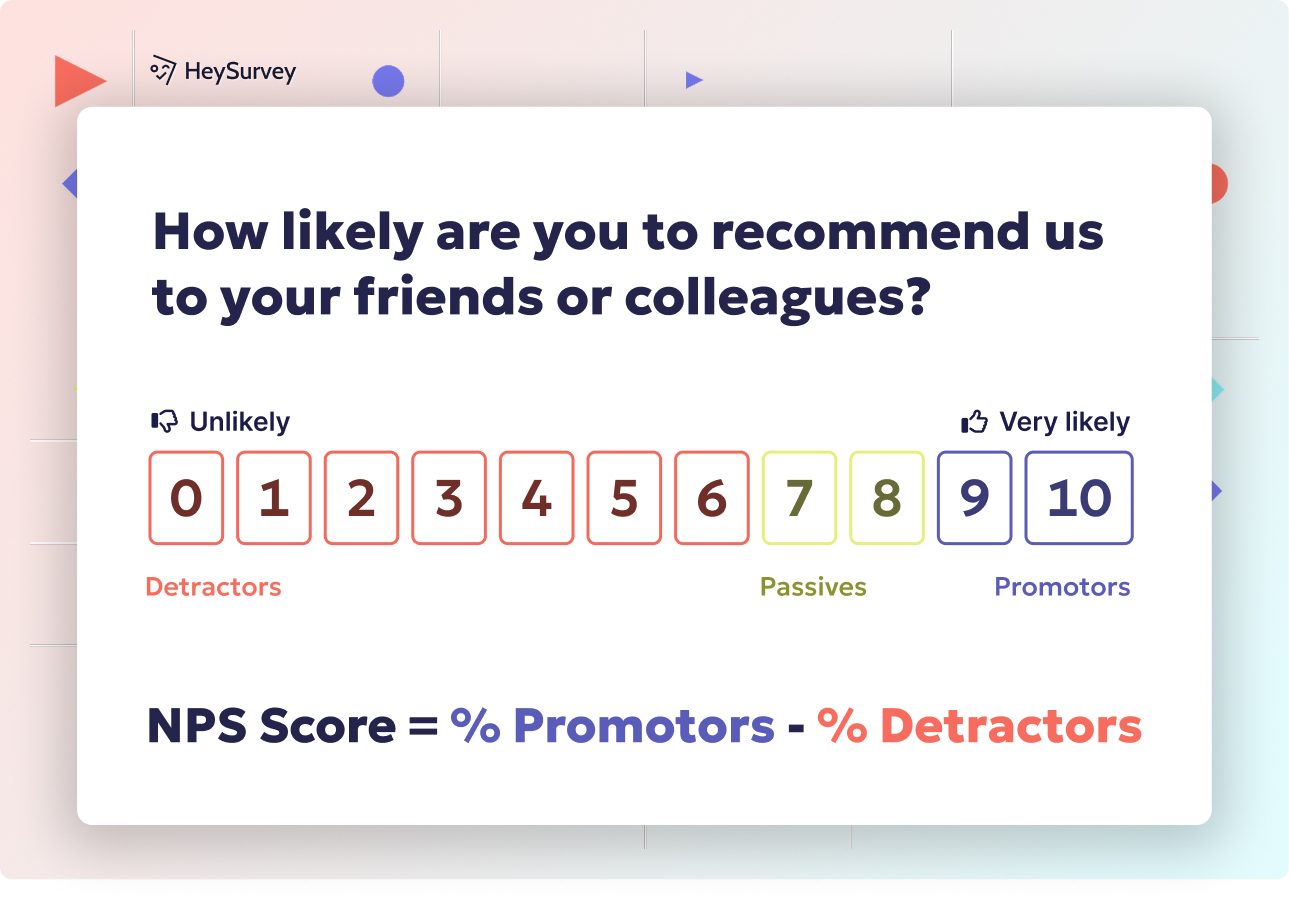31 Employee Benefits Survey Questions: Types & Best Practices
Explore 30 insightful employee benefits survey questions with sample sets to boost benefits satisfaction, utilization, and communication.
Employee benefits survey questions hold the key to building a workplace where people thrive, not just survive. When you know what your team needs or where they feel stuck, you fine-tune your perks, boost retention, and stretch your total rewards ROI. Most companies run these surveys around annual engagement check-ins, open-enrollment periods, after major benefit changes, during mergers, or in times of rapid hiring. Whether you call it a “benefits satisfaction survey,” seek out “HR survey templates,” or just want authentic employee perks feedback, knowing the right questions is where magic—and meaningful insights—happen.
Benefits Satisfaction Survey
Why & When to Use
Getting honest feedback about your benefits package turns a guessing game into a strategic edge. Understanding how employees actually feel about what's offered can spotlight areas where you're excelling—or missing the mark. Organizations typically deploy these surveys three to six months after rolling out changes, or annually in line with broader employee engagement efforts.
The best moment to ask is when employees have had enough experience with new plans to offer genuine insights, but not so late that frustrations linger. Early feedback helps HR teams respond before small irritations grow into turnover risk. You capture the vibe, adjust the message, and maybe even tweak the offering before negative word-of-mouth takes root.
Running a benefits satisfaction survey isn’t just about gathering compliments. Spotting patterns among dissatisfied groups can point to equity gaps, parking-lot grumbles, or confusion about value compared to other employers. If your goal is to create a “wow” factor that keeps top talent around, these data points are gold.
5 Sample Questions
How satisfied are you with the overall employee benefits package?
How would you rate the value of our health insurance compared with other employers?
Do you feel our retirement plan options meet your long-term financial goals?
How satisfied are you with the flexibility of paid time-off policies?
Would you recommend our benefits package to a friend seeking employment here?
Regularly conducting employee benefits surveys, at least every 1-2 years, allows organizations to monitor changing employee opinions and make incremental improvements to stay ahead of trends. (salary.com)
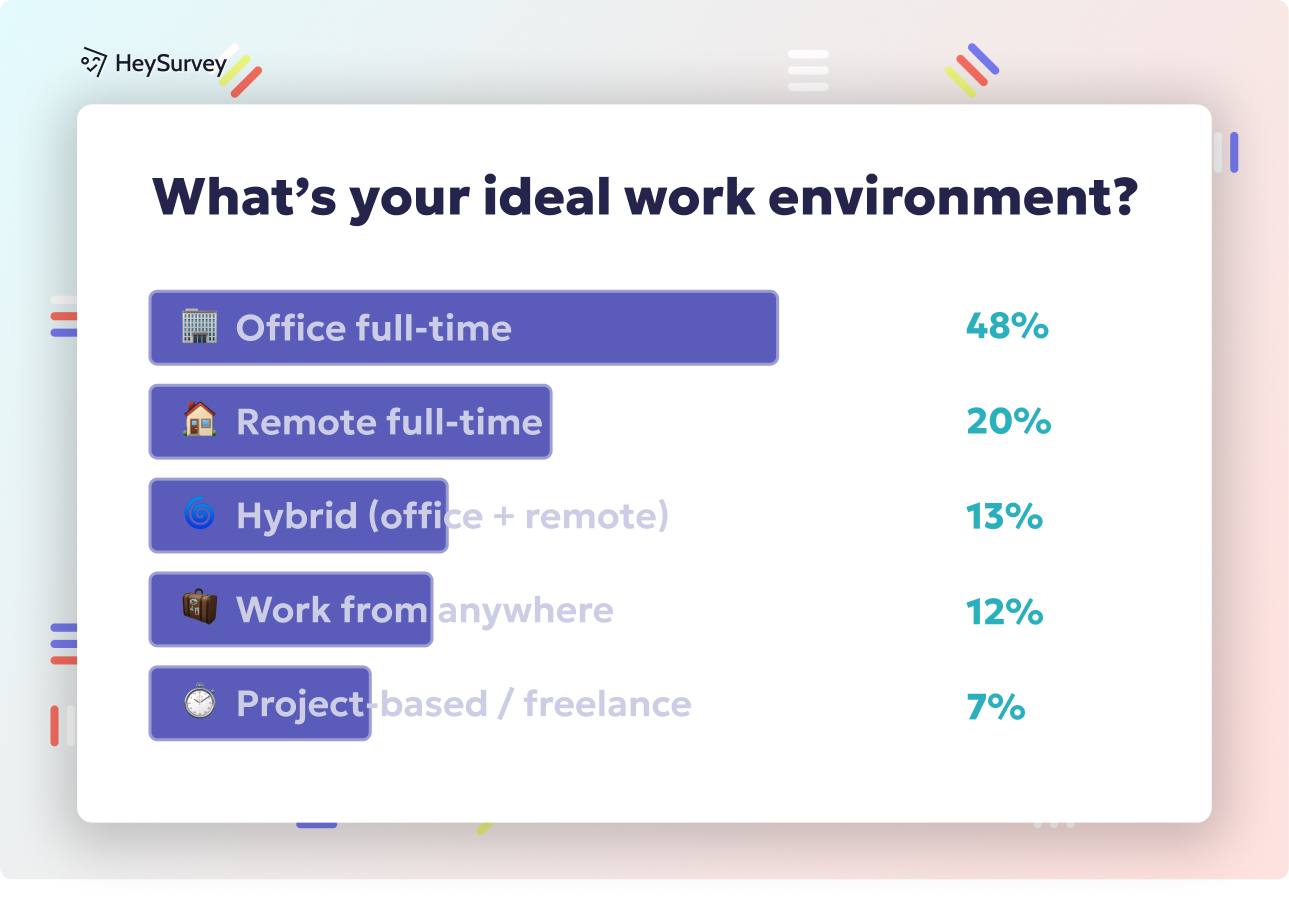
How to Create Your Employee Benefits Survey with HeySurvey in 3 Easy Steps
Whether you’re new to HeySurvey or just dipping your toes in, creating a polished employee benefits survey is a breeze. Here’s your quick-start guide—simple, straightforward, and ready for action.
Step 1: Create a New Survey
- Head over to HeySurvey and click Create New Survey.
- Choose to start from scratch, or for extra speed, pick a pre-built template tailored to employee benefits.
- Give your survey a clear internal name so you can find it easily later.
- Voilà! Your blank (or partially done) canvas awaits in the Survey Editor.
Step 2: Add Your Questions
- Click Add Question at the top or between existing questions.
- Choose from question types like Choice for multiple options, Scale for ratings, or Text to collect open-ended feedback.
- Type in your employee benefits survey questions—whether from the sample question lists provided or your own.
- Customize each question by marking it required if you need an answer before moving on.
- Don’t forget—you can spice things up with images or short descriptions to keep respondents engaged.
Step 3: Publish Your Survey
- Hit the Preview button to test your survey as your employees will see it.
- Make any quick tweaks right from the preview if needed.
- When satisfied, click Publish.
- Grab the shareable link to distribute to your team via email, intranet, or wherever they get their perks intel.
Bonus Steps to Take Your Survey to the Next Level
- Apply Branding: Add your company logo and customize colors, fonts, and backgrounds in the Designer Sidebar to give your survey that unmistakably “you” look.
- Define Settings: Set survey start/end dates, limit responses if needed, and add a redirect URL to guide employees after submission.
- Skip Into Branches: Use branching logic to customize question flows based on earlier answers—perfect for tailoring benefit questions to different employee groups or life stages.
Want a head start? Just click the button below to open a relevant employee benefits survey template and get going right away!
Benefits Awareness & Communication Survey
Why & When to Use
Even the world’s best benefits flop if nobody knows about them. Measuring benefits awareness and how you communicate lets you see what's working and what needs an upgrade. This survey is essential before open enrollment or right after announcing shiny new perks.
People’s inboxes are full, and intranet announcements are easy to ignore. Good communication is about clarity and timing—not just volume. Awareness checks show where your efforts land and whether folks are absorbing the important stuff, like how to enroll or what’s newly covered.
Widening the feedback loop helps you see if the “message received” light is on or flickering. HR teams can optimize their channels and adjust formats, swapping out dry PDFs for interactive sessions or quick video explainers if needed. Knowing what communication method clicks keeps benefits education from falling flat.
5 Sample Questions
How familiar are you with each of the following benefits (list)?
Which communication channel (email, intranet, meetings) best keeps you informed about benefits updates?
Did you attend the most recent benefits information session? Why or why not?
How clear are the enrollment instructions provided?
On a scale of 1–10, how accessible is benefits information when you need it?
Approximately 49% of employees find making health insurance decisions "always very stressful," and 55% desire employer assistance in choosing a plan. (emerald.com)
Benefits Utilization Survey
Why & When to Use
It’s one thing for people to say they like a benefit—it’s another to see them actually using it. Utilization surveys cut through the noise, separating “nice to have” from “must have.” These work best six to twelve months after launching new benefits or at regular mid-year check-ins.
The aim is to uncover silent unused perks, highlight what’s popular, and pinpoint roadblocks that get in the way. Understanding why people skip certain benefits—be it confusion, difficult claims, or cultural misalignment—steers meaningful change with immediate impact. You never want precious budget wasted on ghost-town perks.
Looking at utilization also uncovers hidden pain points in support processes, like clunky apps or slow reimbursements. Streamlining the claims journey makes a world of difference for employees—and your own HR workload. Often a tiny fix is all that stands between “not worth it” and frequent engagement.
5 Sample Questions
Which of the following benefits have you used in the past 12 months (select all)?
What prevented you from using benefits you were eligible for?
How satisfied were you with the claims or reimbursement process?
How often do you access wellness or mental-health resources offered?
How likely are you to use new benefits if barriers are removed?
Benefits Preference & Prioritization Survey
Why & When to Use
When it comes to perks, one size never fits all. Benefits preference surveys give you a road map for what employees truly value, making your budget go further. Run these before big strategic planning sessions or when renegotiating with vendors.
The trick is learning which perks are deal-makers, not just nice-to-haves. Budgeting gets smarter when you know where to invest for maximum impact, so everyone feels like the benefits “menu” is tailored to them. Making it a regular exercise means you anticipate future needs, not just respond to last year’s complaints.
This is the time to explore “what if" ideas—flexible points, cafeteria-style perks, or unconventional offerings to boost work–life balance. Understanding preferences helps you innovate, not imitate, and makes your employer brand compelling for everyone, from Gen Zers to seasoned pros.
5 Sample Questions
Rank these benefits in order of importance to you (health, PTO, remote stipend, etc.).
If given a benefits “budget,” which perks would you purchase?
Which new benefits would most improve your work–life balance?
How much would you trade in salary for enhanced benefits (percentage scale)?
Which benefit categories should we expand next year?
A 2024 survey revealed that 92% of employees consider health benefits crucial, yet only 47% feel their current benefits meet their specific needs. (peoplekeep.com)
Open Enrollment Experience Survey
Why & When to Use
Open enrollment can be stressful, but it doesn’t have to be a yearly headache. Experience surveys help you tweak every click, call, and form for next time. Send them right after the enrollment window closes, while memories are fresh and feedback is honest.
The focus here is not just what you offer, but how easily employees can make choices and sign up. Friction points in the process—confusing language, clunky systems, unanswered questions—have a way of multiplying stress. Catching these issues builds goodwill and makes future enrollments smooth sailing.
This survey is a secret weapon for surfacing silent tech issues or bottlenecks before grumbles reach the breakroom. Plus, genuine gratitude for helpful HR team members (and constructive ideas for next year) provide a loop that’s quick to close.
5 Sample Questions
How easy was it to understand the changes to this year’s benefits?
Rate the online enrollment platform’s user-friendliness.
How helpful were HR team members in answering your questions?
Did you encounter any technical issues during enrollment?
What could make next year’s open enrollment process smoother?
Post-Change Benefits Impact Survey
Why & When to Use
Whenever you switch up your benefits, nobody knows the impact better than your employees. Post-change surveys, done three to six months after new additions or subtractions, capture the most authentic read on sentiment, adoption, and ROI.
The most important learning? Do people see changes as a win, a loss, or just noise? This shapes your follow-up messaging and helps you respond proactively to any backlash or confusion. It’s also your chance to capture wild successes, the kind you brag about during annual reviews.
Use this information to reinforce what's working, patch gaps, and feed wins into next year’s budget talks. Optimizing support and education around new benefits shows employees you’re listening, not just checking a box.
5 Sample Questions
How has the newly introduced benefit (e.g., student-loan repayment) impacted you?
Do you perceive the recent premium changes as fair?
Has your satisfaction with the overall package increased, decreased, or stayed the same?
How confident are you that the new benefit will improve your wellbeing?
What additional support do you need to maximize this benefit?
Demographic / Life-Stage Benefits Needs Survey
Why & When to Use
No two employees are in the same chapter, so one-size-fits-all benefits leave some folks behind. Running life-stage focused surveys annually, or before major revamps, lets you discover the unique needs of early-career grads, working parents, and experienced professionals alike.
Segmenting based on age, family status, or role isn’t about prying—it’s about delivering equity in your benefits offering. Asking targeted questions about tuition support, retirement prep, or culturally relevant perks helps everyone feel seen and supported.
These insights ensure you’re not missing out on hidden challenges—like caregivers needing eldercare support or multicultural teams wanting tailored holidays. Inclusive benefits design is a secret ingredient for both morale and retention.
5 Sample Questions
How well do current benefits meet the needs of your life stage (early career, parent, pre-retirement)?
Which benefits would better support your specific caregiving responsibilities?
How important is tuition assistance or professional development funding to you?
Which retirement planning resources do you need in the next 12 months?
Are there culturally specific benefits that would support your wellbeing?
Best Practices & Dos and Don’ts for Employee Benefits Surveys
Getting real value from surveys, rather than just checking a compliance box, means mastering a few savvy guidelines. Craft concise, jargon-free questions—clear language means clear answers, free of the guesswork that muddles results.
- Break up long lists of options for faster, cleaner responses.
- Segment survey results by geography, tenure, and demographic group for actionable insights—always prioritizing anonymity.
- Time surveys to avoid busy periods: skip holiday crunch and quarter-end runs to maximize response rates.
- Keep surveys short and sweet—under 10 minutes is the sweet spot for participation.
- Don't just gather data—communicate findings and next steps quickly, building trust and showing that feedback leads to action.
Never, ever request identifiable health or sensitive data; maintain compliance with privacy rules like HIPAA and GDPR by sticking to non-identifiable, aggregated feedback only.
Conclusion & Next Steps
Data-driven benefits design is your ticket to a more engaged, loyal team. With the right survey questions, you transform assumptions into actionable decisions. Build an annual survey calendar, linking it with budgeting and planning cycles for maximum leverage. Experiment with A/B testing and keep refining your approach as your workforce evolves. Small changes, powered by real feedback, make benefits meaningful for everyone.
Related Employee Survey Surveys
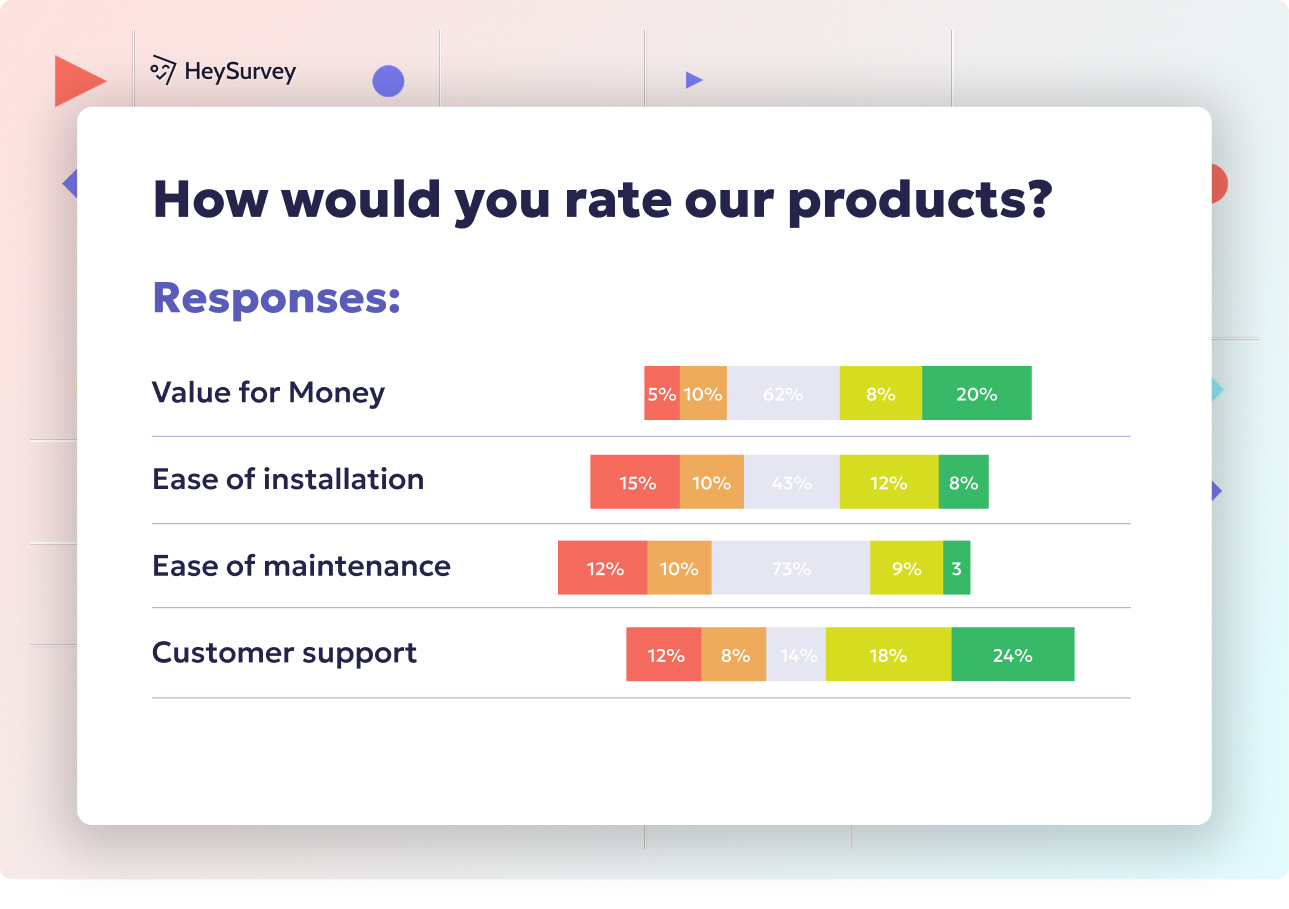
29 Essential Post Mortem Survey Questions for Project Success
Discover 25+ essential post mortem survey questions to improve projects, boost team morale, and d...
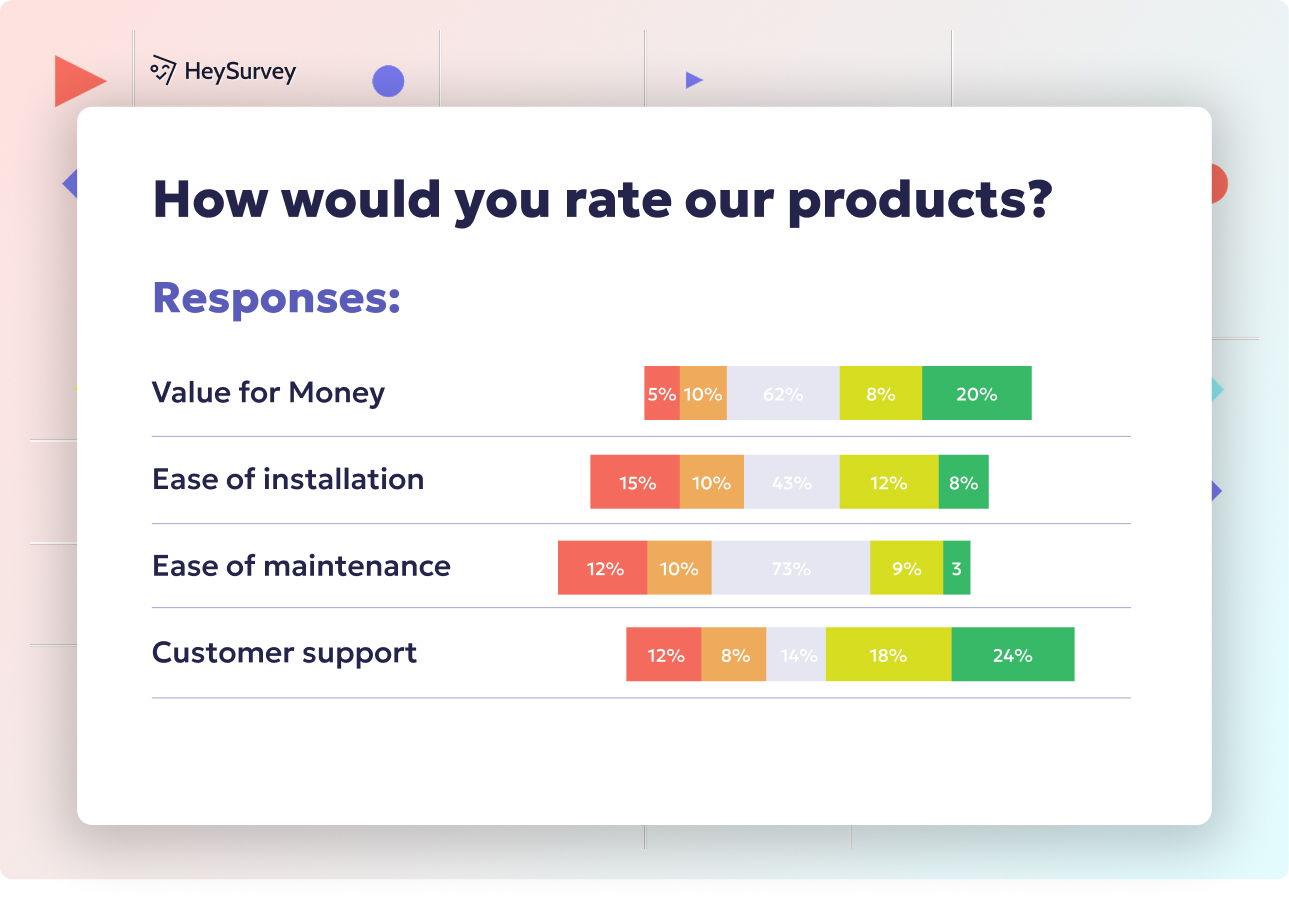
31 Change Readiness Survey Questions to Boost Your Success
Discover 25+ sample change readiness survey questions to assess attitudes, barriers, and confiden...
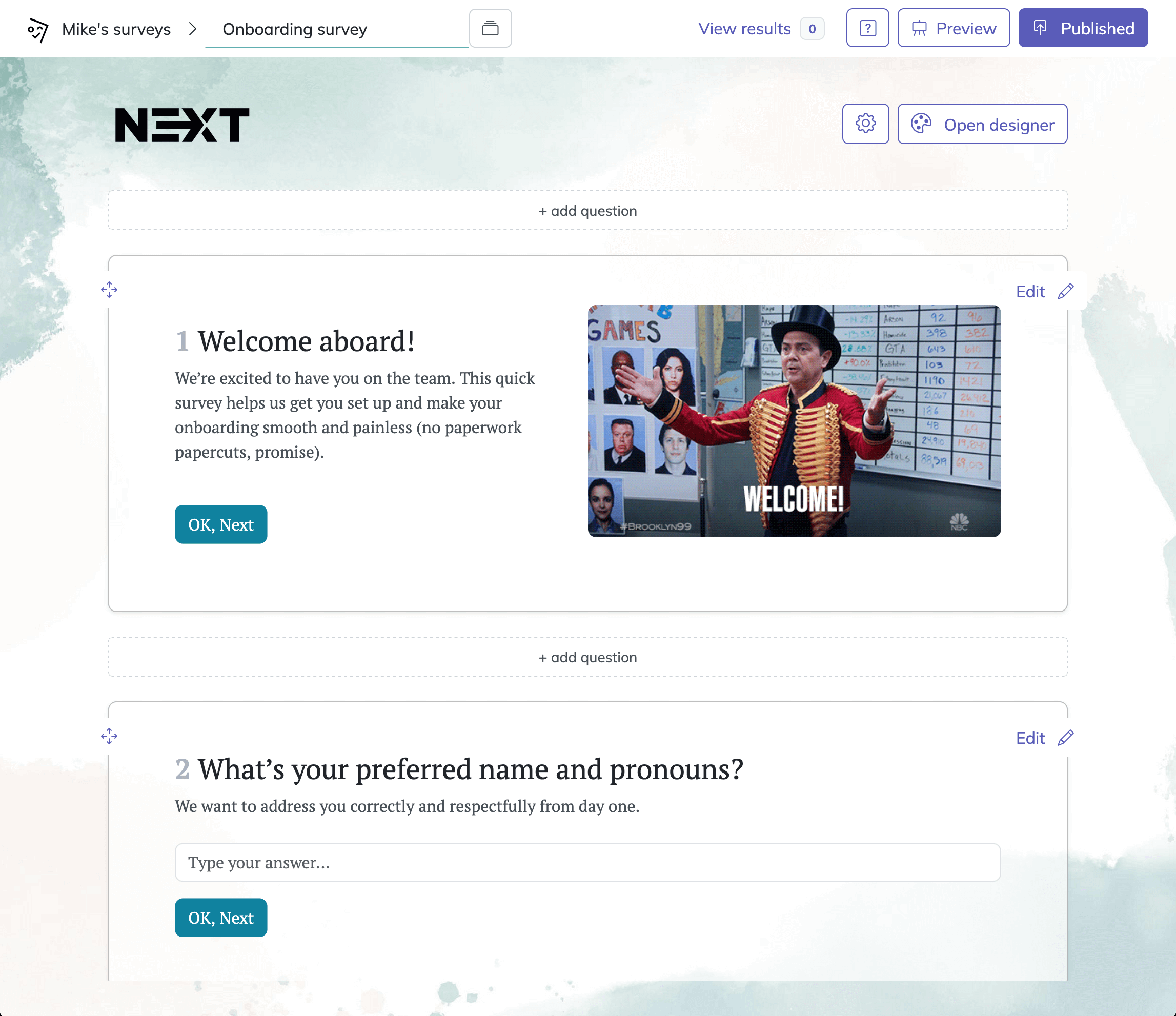
31 Retreat Survey Questions to Collect Actionable Feedback
Discover 26 essential retreat survey questions to gather actionable feedback before, during, and ...
